Diet Orders: What can your Patient Eat?
There are various different diet orders prescribed by physicians for patients. Some of them may be ordered temporarily while they are in a hospital or similar facility while others may be a more permanent order to be followed at home. What do they mean? What restrictions do they have? I hope to answer those questions here.
Baker act Bariatric Cholesterol Clear Diabetic Fat Full Heart High calorie Fiber Mechanical NPO Protein Pureed Regular Renal Soft Tube Vegan Vegetarian Posters Pin References
Baker Act Diet
A baker act diet is ordered to make sure the patient doesn't receive any food items that could be used to harm themselves or others such as sharp bones.
Bariatric / Gastric Bypass Diet
A bariatric diet is prescribed for patients after they have some sort of weight loss procedure such as gastric bypass surgery. There are actually several stages that typically last a week or longer. Most of these are discussed in more detail on this page.
- Stage 1: Clear liquid diet
- Stage 2: Full liquid diet
- Stage 3: Pureed diet
- Stage 4: Soft diet
- Stage 5: Stabilization diet
The stabilization diet includes nutrient rich foods such as:
- Lean meat
- Lean poultry
- Lean pork
- Lean fish
- Low fat dairy products
- Low fat starches
- Whole grains
- Vegetables
- Fruits
Cholesterol Restricted Diet
This diet is given to lower blood cholesterol which reduces the risk of heart disease.
Foods to limit or avoid include:
- Fatty beef
- Lamb
- Pork
- Poultry with skin
- Lard
- Shortening
- Dairy products
- Saturated vegetable oils
- Coconut oil
- Palm oil
- Packaged cookies
- Packaged cakes
- Packaged donuts
- Packaged pastries
- Potato chips
- Crackers
- Packaged frosting
- Fried foods
- Bakery goods containing shortening
- Buttered popcorn
- Hydrogenated vegetable oil
- Red meat
- Sausage
- Bacon
- Organ meats
Clear Liquid Diet
Clear liquids include all liquids that you can see through including:
- Water
- Black coffee
- Tea
- Apple juice
- Grape juice
- Cranberry juice
- Carbonated beverages
- Pop sickles
- Jello (gelatin)
- Broth
- Sports drinks such as gatorade and powerade
- Honey
- Syrup
- Hard candies
- Fruit ice
- Oils
Not acceptable:
- Coffee with creamer
- Tea with creamer
- Orange juice
- Prune juice
- Milk
- Yogurt
- Pudding
- Ice cream
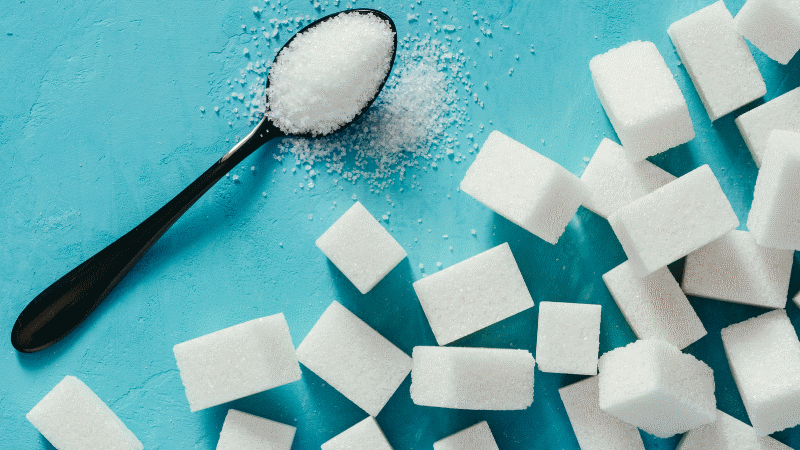 Sugar
SugarDiabetic Diet / Consistent Carbohydrate Diet
Diabetic diets often have reduced sugar or artificial sugars. They are used for patients who have diabetes for blood glucose control.
Foods high in carbs that should be limited or avoided:
- Grains
- Breads
- Milk products
- Yogurts
- Desserts
- Starchy vegetables
- Fruits
Foods diabetics should limit or avoid:
- Fruit smoothies
- White bread
- Char-grilled meats
- Country fried steak
- French fries
- Shortening
- Sports drinks
- Soda (carbonated beverages)
- Diet soda (diet carbonated beverages)
- Cinnamon rolls
- Frozen dinners
- Artificial sweeteners
- Fast food
- Gluten free foods
- Mixed coffee drinks
- Coffee creamer
- Processed lunch meat
- Pretzels
- Energy drinks
- Bottled tea
- Dried fruit
- Orange juice
- Muffins
- Cereal bars
- Flavored yogurts
- Potato chips
- Pancakes
- Fat free frozen yogurt
- Parfaits
- Skim milk
- Fat free vinaigrettes
- Vegetable oil
- Fruit snacks
- Biscuits
- Sandwich crackers
- Mac and cheese
- Flavored instant oatmeal
- Instant noodles
- Saltines
- Mixed drink cocktails
- Grilled cheese
- Jams and jellies
- Honey
- Sweetened cereals
- Pop tarts
- Chocolate milk
- Popcorn
- Packaged baked goods
- Ice cream
- Chocolate hazelnut butter
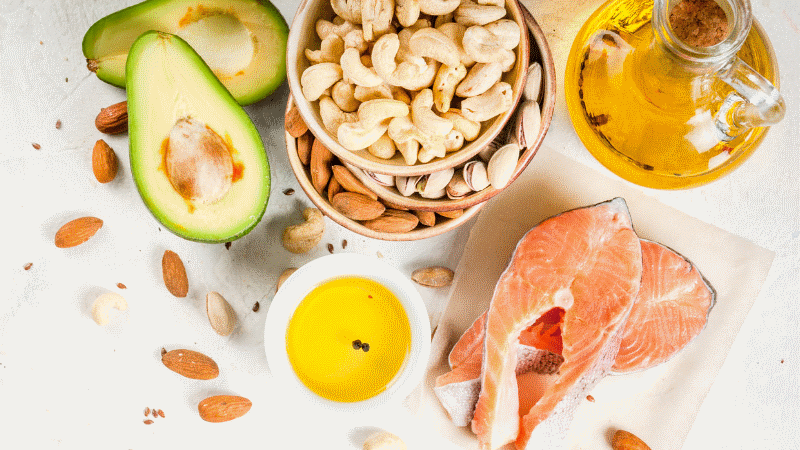 Fats
FatsFat Restricted Diet
A fat restricted diet is usually prescribed for patients who have too much body weight (obesity) or some form of gastrointestinal (GI) issues.
These fatty foods should be reduced or completely eliminated:
- Margarine
- Butter
- Lard
- Mayonnaise
- Dressings
- Oils
- Gravies
- Fried rice
- Granola
- Biscuits
- Sweet rolls
- Muffins
- Scones
- Coffee bread
- Doughnuts
- Pancakes
- Waffles
- Cheese bread
- French fries
- Avocados
- Coconuts
- Olives
- Whole milk
- Chocolate milk
- Cream
- Regular cheese
- Duck
- Goose
- Bacon
- Sausage
- Hot dogs
- Cold cuts
- Nuts
- Peanut butter
- Snack chips
- Ice cream
- Pastries
- Pie
- Cake
- Cookies
- Chocolate
- Candy
- Frappes
- Milkshakes
- Eggnog
- Cream soups
- Creamer
These foods are encouraged:
- Whole wheat breads
- Whole grain breads
- Rice
- Pasta
- Noodles
- Low fat crackers
- Baked chips
- Pretzels
- Unbuttered popcorn
- Fresh, frozen, canned, or dried fruits
- Lean cuts of meat
- Chicken or turkey without the skin
- Lean fish
- Beans
- Legumes
- Skim milk
- Low fat cheese products
- Fat free yogurt
- Fat free buttermilk
- Egg whites
- Fresh, frozen, or canned vegetables
- Honey
- Jam
- Hard candies
- Jely beans
- Marshmallows
- Sherbet
- Fruit ice
- Jello
- Angel food cake
- Coffee
- Tea
- Carbonated beverages
- Juice
- Water
- Herbs
- Spices
Full Liquid Diet
Full liquid diets allow the consumption of all clear liquids as well as:
- Ice cream
- Sherbet
- Pudding
- Milk
- Milkshakes
- Frozen yogurt
- Custard
- Yogurt
- Orange juice
- Coffee and tea with creamer
- Smooth cream soups
- Cream of wheat
- Farina
- Cream of rice
- Butter
- Margarine
- Cream
- Tomato soup
- Cream soups
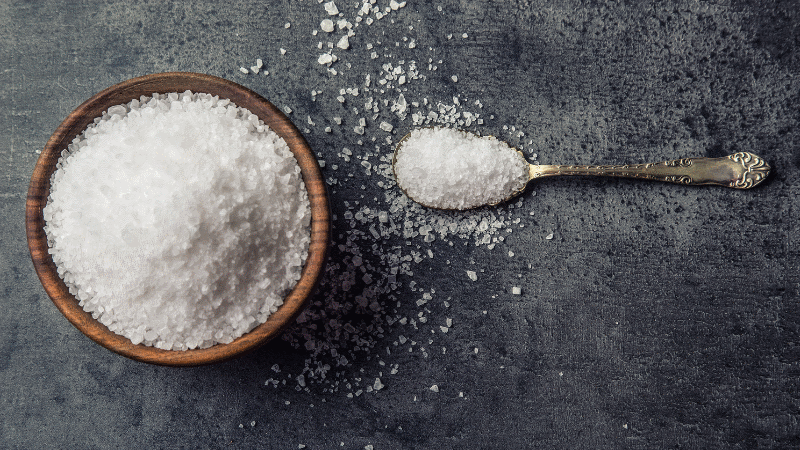 Sodium
SodiumHeart Healthy / Sodium Restricted / Cardiac Diet
This diet lowers the salt (sodium) content in foods and eliminates the option for patients to add more salt. This may be because of high blood pressure (hypertension), heart failure, stroke, or kidney disease. The reason may also simply be because the patient has hypernatremia (too much sodium in the blood) or too much water buildup in the body.
Foods to limit or completely avoid due to high sodium:
- Shrimp
- Soup
- Ham
- Instant pudding
- Cottage cheese
- Vegetable juice
- Salad dressing
- Pizza
- Sandwiches
- Broths and stocks
- Boxed potato casseroles
- Pork rinds
- Canned vegetables
- Processed cheese
- Beef jerky and other dried meats
- Tortillas
- Cold cuts
- Salami
- Pretzels
- Pickles
- Sauces
- Hot dogs
- Bratwurst
- Tomato sauce
- Bagels
- Canned meats
- Canned poultry
- Canned seafood
- Boxed meal helpers
- Biscuits
- Macaroni and cheese
- Frozen meals
- Baked beans
- Sausage
- Bacon
- Salt pork
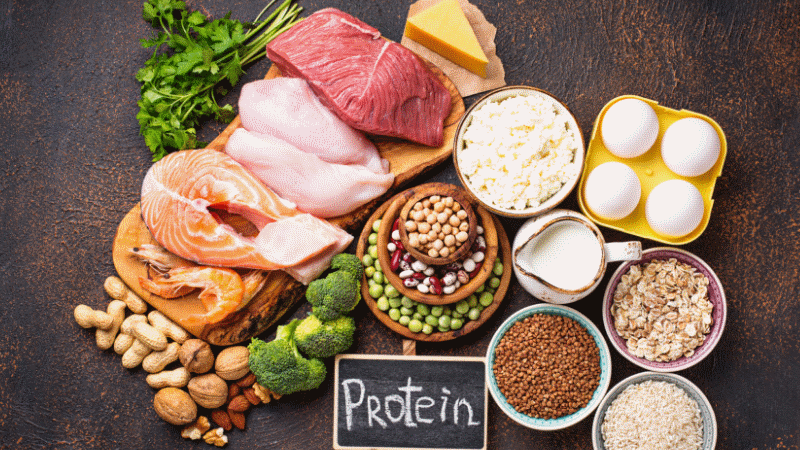 Protein
ProteinHigh Calorie / Protein Diet
This diet is often given to help patients heal more quickly with more energy and more nutritional consumption.
High calorie foods:
- Butter
- Honey
- Brown sugar
- Oils
- Sauces
- Gravies
- Peanut butter
- Whole milk
- Yogurt
- Mayonnaise
- Sour cream
- Granola
- Muffins
- Pancakes
- Waffles
- Breads
- Milkshakes
- Puddings
- Custard
High protein foods:
- Meat
- Fish
- Poultry
- Milk and milk products
- Eggs
- Beans
- Peas
- Peanut butter
- Nuts
- Seeds
- Tofu
- Cheeses
- Protein bars
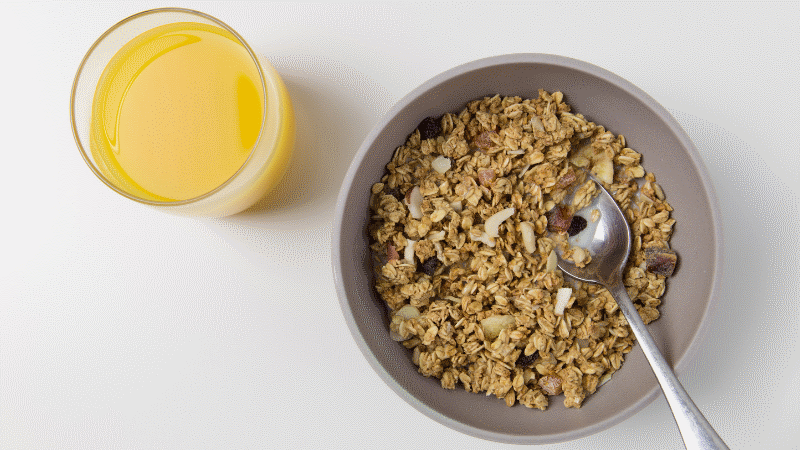 Fiber
FiberLow Residue Diet / Low Fiber Diet
This diet limits the amount of fiber compared to other diets. It is usually given to minimize residue in the intestinal tract.
Foods that are encouraged:
- White bread
- White rice
- Plain white pasta
- Crackers
- Cream of wheat
- Pancakes made from white refined flour
- Waffles made from white refined flour
- Most vegetables
- Fruits without skin or seeds
- Fruit juice without pulp
- Vegetable juice without pulp
- Fruit flavored drinks
- Flavored waters
- Tender meat
- Poultry
- Fish
- Eggs
- Tofu
- Milk
- Yogurt
- Pudding
- Ice cream
- Cheeses
- Sour cream
- Butter
- Margarine
- Oils
- Salad dressings
Foods to limit or avoid:
- Whole wheat bread
- Whole grain bread
- Cereals
- Pasta
- Brown rice
- Wild rice
- Whole grains
- Oats
- Kasha
- Barley
- Quinoa
- Dried fruits
- Prune juice
- Raw fruit with seeds, skin, or membranes
- Raw vegetables
- Dried beans
- Peas
- Lentils
- Seeds
- Nuts
- Peanut butter
- Coconut
- Popcorn
Mechanically Altered Diet
These meals have ground up or chopped food that is easier to swallow but is not quite as broken down as pureed food. They are usually changed to this texture by blending, chopping, mashing, or grinding.
Nothing by Mouth (NPO)
Nothing by mouth or NPO means that they can't have anything to eat or drink. This may be due to a future procedure such as surgery that requires anesthesia. Click here for more information about anesthesia. It may also be because a swallow study was failed or maybe the digestive system isn't working properly.
 Protein
ProteinProtein Controlled Diet
This diet may be ordered if the patient has disorders with protein metabolism, impaired liver function, or kidney disease.
Low protein foods include:
- Apples
- Bananas
- Pears
- Peaches
- Berries
- Grapefruit
- Tomatoes
- Asparagus
- Peppers
- Broccoli
- Leafy greens
- Rice
- Oats
- Bread
- Pasta
- Barley
- Avocados
- Olive oil
- Coconut oil
High protein foods include:
- Chicken
- Turkey
- Beef
- Pork
- Fish
- Shellfish
- Eggs
- Legumes
- Beans
- Peas
- Lentils
- Milk
- Cheese
- Yogurt
- Soy
- Tofu
- Tempeh
- Natto
- Walnuts
- Almonds
- Pistachios
- Chia seeds
- Flaxseeds
- Hemp seeds
Pureed Diet / Wired Jaw Diet
Pureed diet is mixed in a special blender that turns the food mushy and paste like. It may be used for patients who have trouble swallowing foods. This is given for people who may have failed a traditional swallow study but can still tolerate foods with a pudding-like texture.
Regular / General Diet
A regular diet has no restrictions. Your patient can eat whatever they want whenever they want and however much they want.
Renal Diet
A renal diet is commonly assigned to patients who receive dialysis or have a condition where their kidneys aren't functioning properly.
Foods that are limited:
- Ones that are high in sodium (see heart healthy diet) which make it difficult to control blood pressure, increases you thirst, and cause your body to retain too much fluid.
- When your blood shows high levels of phosphorus, it may be a sign that your kidneys aren't functioning properly.
- Keeping potassium low can assist in keeping the heart healthy therefore, potassium rich foods may be limited or avoided.
Foods that are high in potassium include:
- Bananas
- Oranges
- Cantaloupe
- Honeydew
- Apricots
- Grapefruit
- Prunes
- Raisins
- Dates
- Cooked spinach
- Cooked broccoli
- Potatoes
- Sweet potatoes
- Mushrooms
- Peas
- Cucumbers
- Zucchini
- Eggplant
- Pumpkins
- Leafy greens
- Orange juice
- Tomato juice
- Prune juice
- Apricot juice
- Grapefruit juice
- Tuna
- Halibut
- Cod
- Trout
- Rockfish
- Lima beans
- Pinto beans
- Kidney beans
- Soybeans
- Lentils
- Salt substitutes
- Molasses
- Nuts
- Meat
- Poultry
- Brown rice
- Wild rice
- Bran cereal
- Whole wheat bread
- Whole wheat pasta
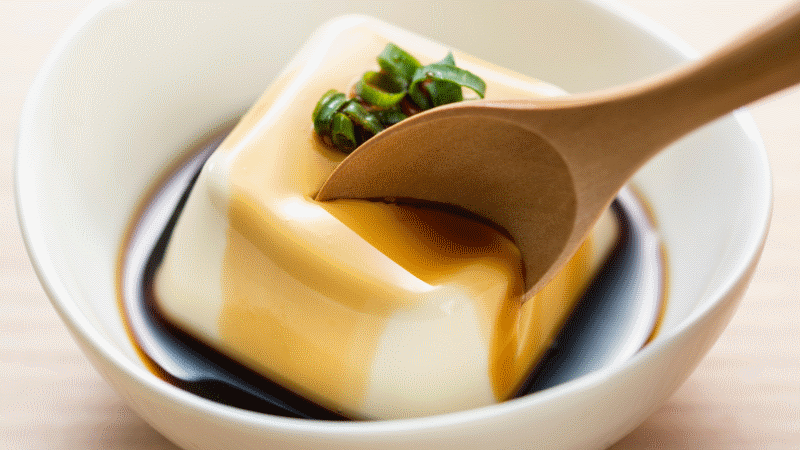 Soft
SoftSoft Diet / Dental Soft Diet
A soft diet is exactly what it sounds like. It includes foods that are soft in texture for easy chewing and swallowing. They may be chopped, ground, mashed, pureed, or moist. It excludes food that is very hard, crunchy, or sticky. If necessary, the food can be softened with sauces and gravies.
Many surgeries such as head, neck, or stomach surgery may require this diet temporarily. It may also be ordered if there are issues with chewing or swallowing due to missing teeth or failure of a swallow study.
Soft diet foods include:
- Breads
- Muffins
- Pancakes
- Moistened waffles
- Moistened cereal
- Macaroni
- Pasta
- Noodles
- White rice
- Moistened crackers
- Applesauce
- Canned fruit
- Cooked fruits
- Bananas
- Peaches
- Melon
- Cooked vegetables
- Eggs
- Tender meat
- Soups
- Tofu
- Baked beans
- Cheese
- Cottage cheese
- Ricotta cheese
- Milk
- Milkshakes
- Ice cream
- Sherbet
- Frozen yogurt
- Yogurt
- Gelatin
- Pudding
- Custard
- Fruit cobbler
- Cake
- Moistened cookies
Foods to avoid:
- Whole wheat bread
- Whole grain bread
- Raw vegetables such as broccoli, cauliflower, and carrots
- Beans
- Nuts
- Brown rice
- Wild rice
- Berries
- High fiber cereals
- Carbonated beverages
Tube Feed Diet
Tube feeding is a liquid substance that comes in a bottle, bag, or can that is inserted into the patient's stomach through a tube. This can be done in a variety of different ways. The tube could be inserted through the nose or surgically through the abdomen.
Common brands of tube feeding:
- DiabetiSOURCE
- Glucerna
- Jevity
- Novartis
- Nutren
- Osmolite
- PediaSure
- Peptamen
- ProSource
- Promote
- TwoCal
- Vital
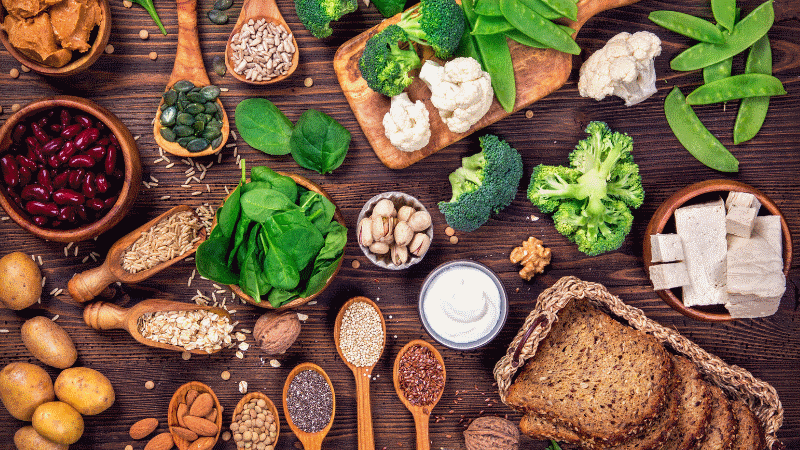 Vegan
VeganVegan Diet
These diets avoid any type of meat or animal derived ingredients or additives. Some foods may seem to be vegan friendly, but may have an ingredient that traces back to animals in some form.
Foods to completely avoid:
- Meat
- Poultry
- Seafood
- Dairy
- Eggs
- Bee products
- Cochineal
- Carmine
- Gelatin
- Isinglass
- Natural flavorings
- Omega 3 fatty acids
- Shellac
- Vitamin D3
- Whey
- Casein
- Lactose
- L cysteine
Vegetarian Diet
These diets avoid any type of meat. They are not as strict as vegan diets but are still limited.
Some people prefer this or a vegan diet by choice because they want to:
- Stay healthy
- Prevent heart disease
- Reduce the risk of cancer
- They believe eating meat is inhumane and cruel to animals
Posters
Click on a diet b to view it as a poster.
Bariatric Cholesterol Clear Diabetic Fat Full Heart High calorie Fiber Protein Renal Soft Tube Vegan
Pin this Info!
References
https://www.stmarysathens.org/health-and-wellness/nutrition/special-diets/
https://www.vitalitymedical.com/tube-liquid-feeding.html
https://www.eatthis.com/worst-foods-diabetes/
https://www.everydayhealth.com/diet-nutrition/fat-restricted-diet/
https://gi.md/resources/full-liquid-diet
https://www.webmd.com/diet/foods-rich-in-potassium#1
https://www.medicalnewstoday.com/articles/317332.php
https://www.upmc.com/services/bariatrics/surgery-process/post-surgery/diet/stabilization
Is there a diet or food item that I missed or that you believe should be in a different category? Let me know in the comments down below.
Medical References and Resources for Caregivers
From Diet Orders: What can your Patient Eat? to Home
Recent Articles
-
What to Expect During Post-Operative Recovery at Home - Caregiverology
Apr 08, 25 08:21 PM
Surgery may be over, but the journey to full recovery is just beginning, and for many people, the hardest part happens after they leave the hospital. -
How to Plan for Aging: Financial, Health, and Lifestyle Considerations
Mar 29, 25 12:40 PM
Did you know that 70% of people over 65 will need some form of long-term care? Yet, many delay planning until it’s too late. Aging is inevitable, but how we experience it depends on preparation. -
Speech Disorders: How to Know When It's Time to See a Professional
Mar 27, 25 07:05 AM
When it comes to human interaction, we need to be able to communicate effectively.

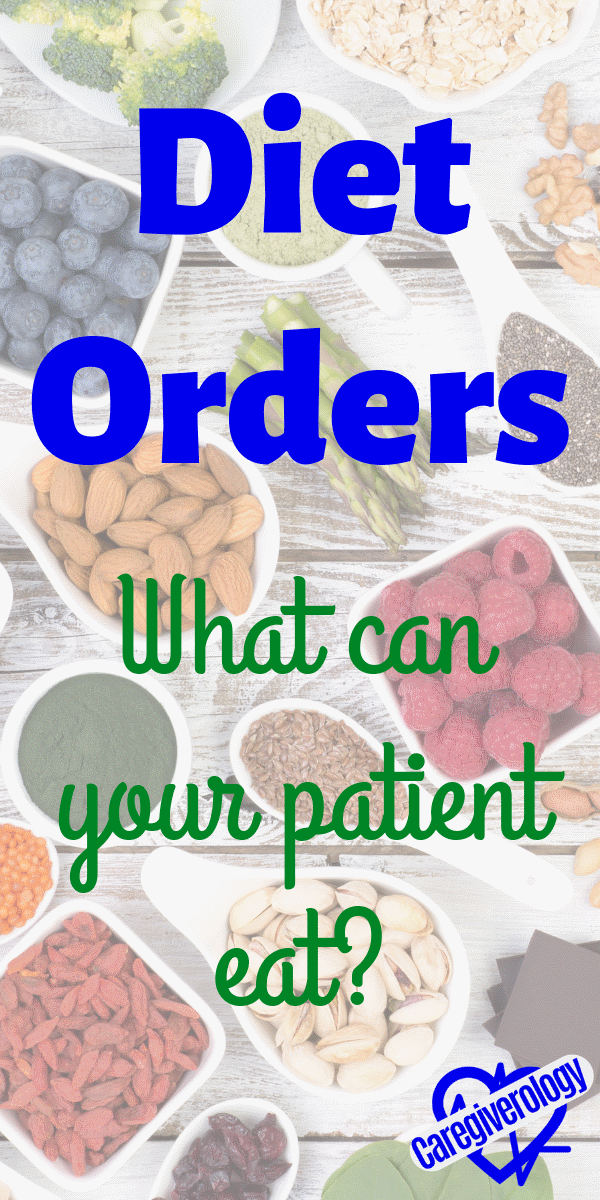
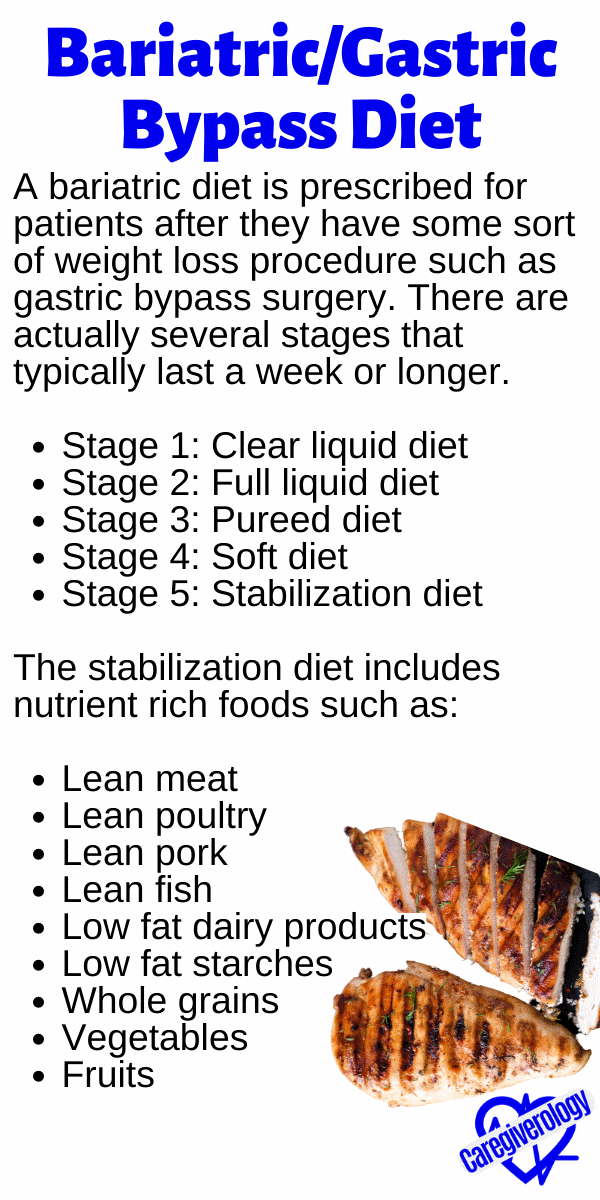
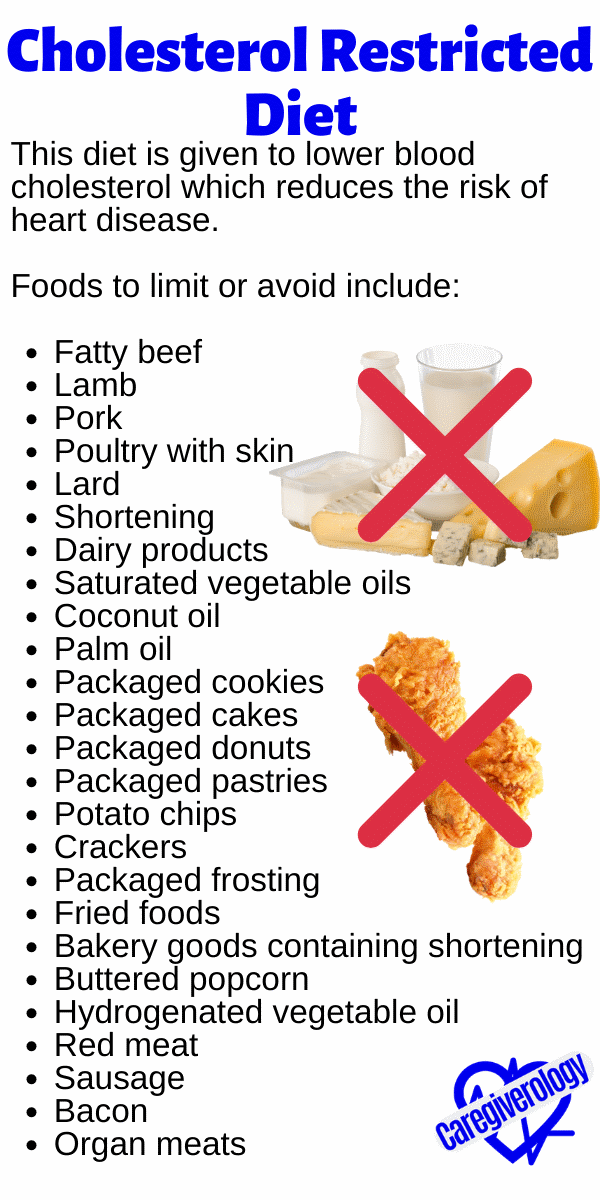
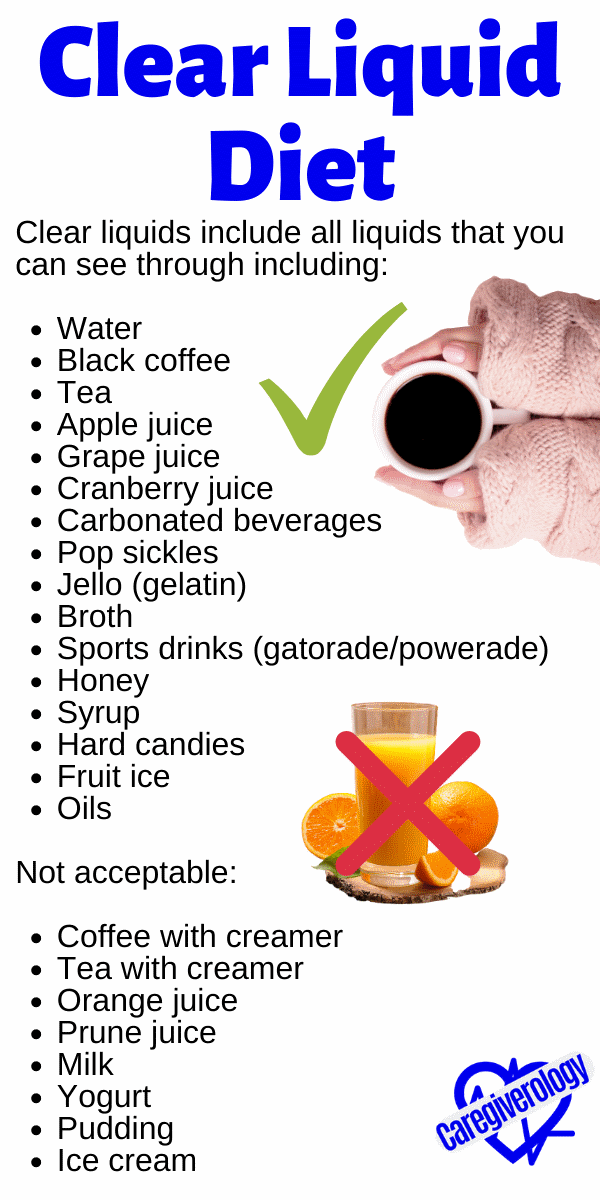
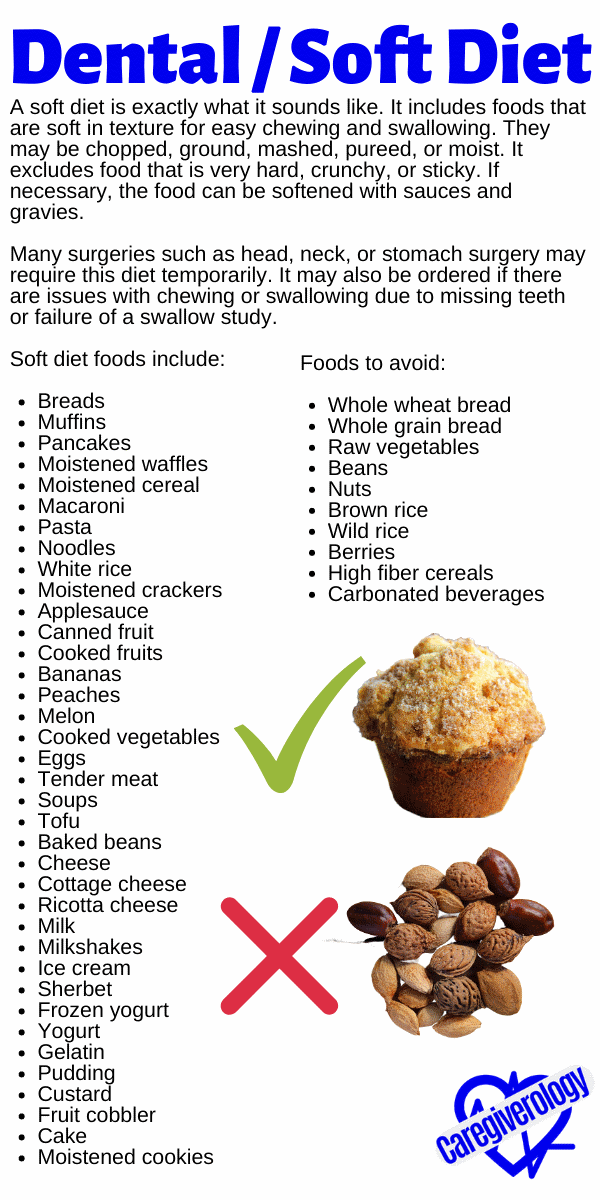
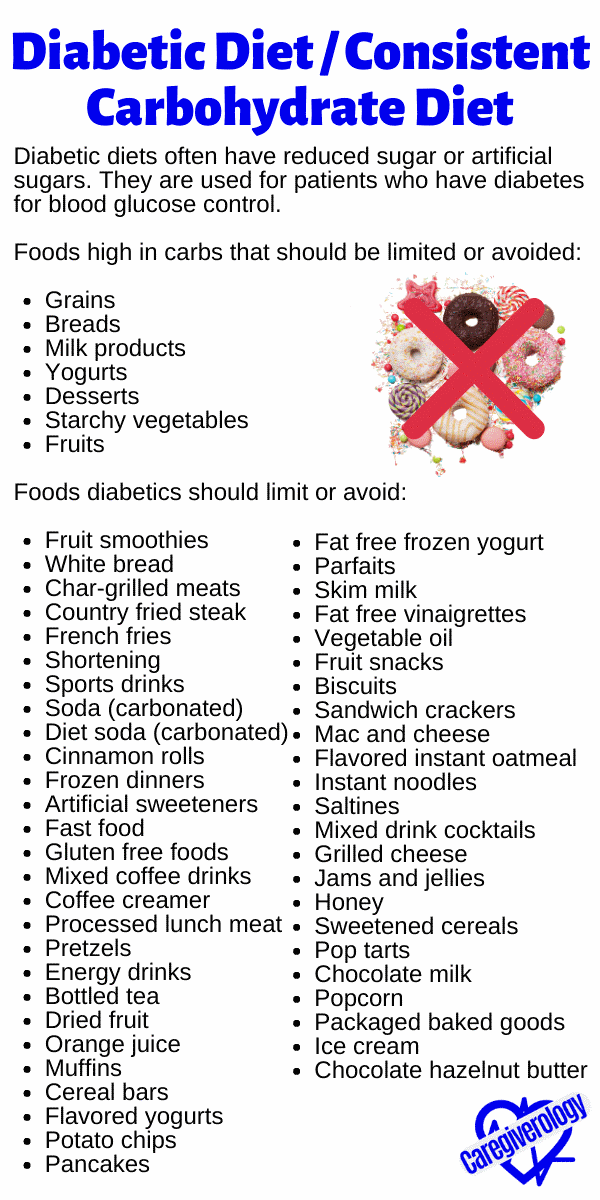
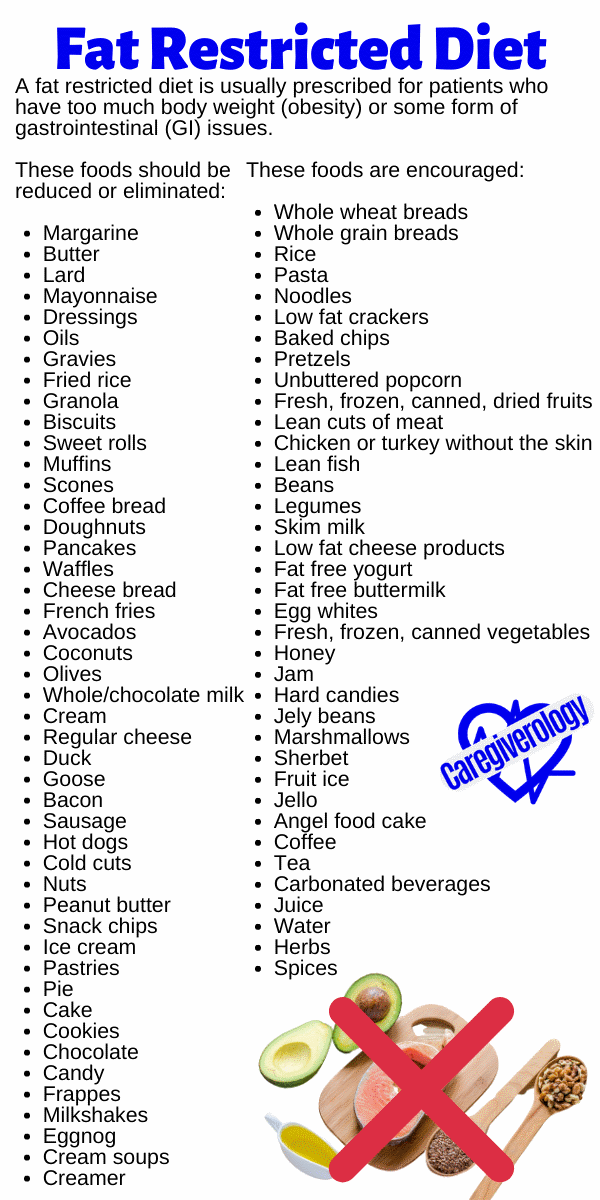
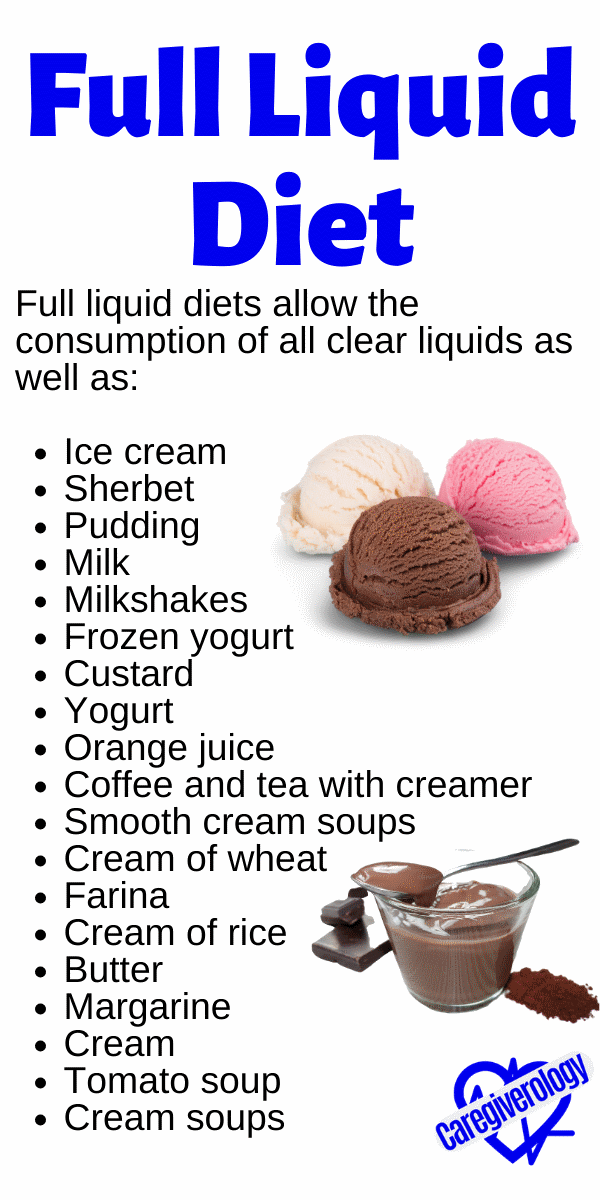
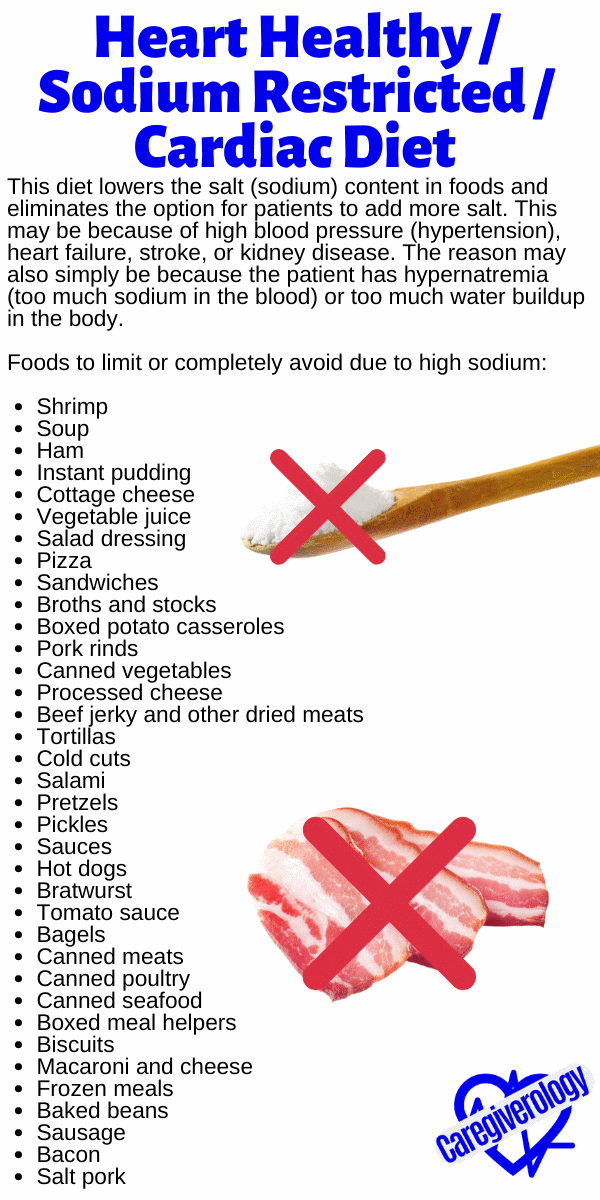
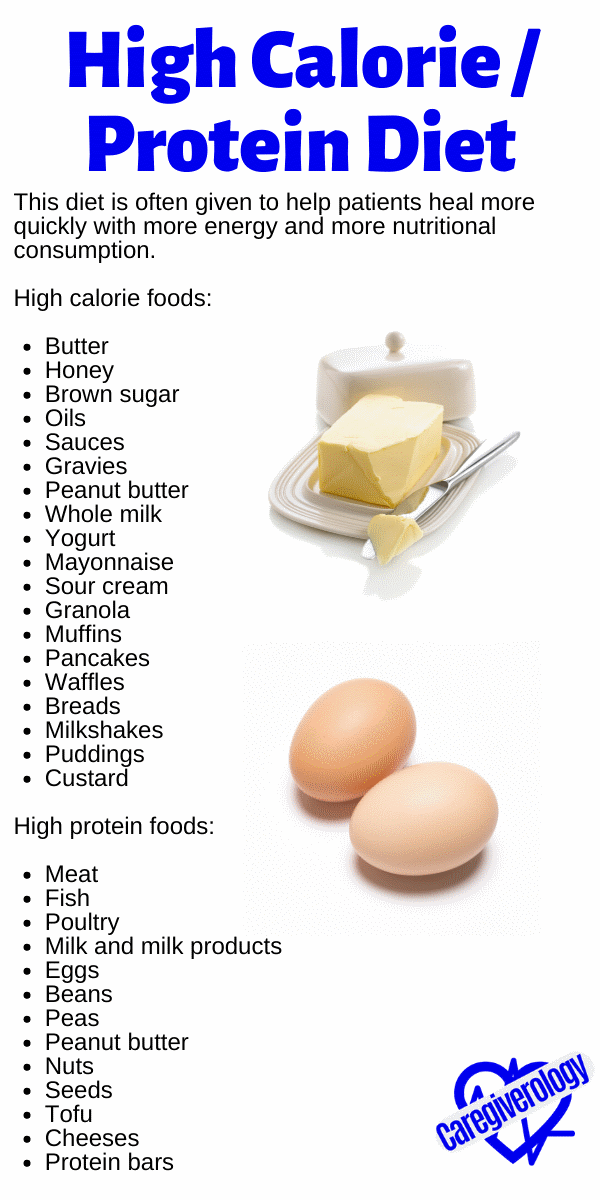
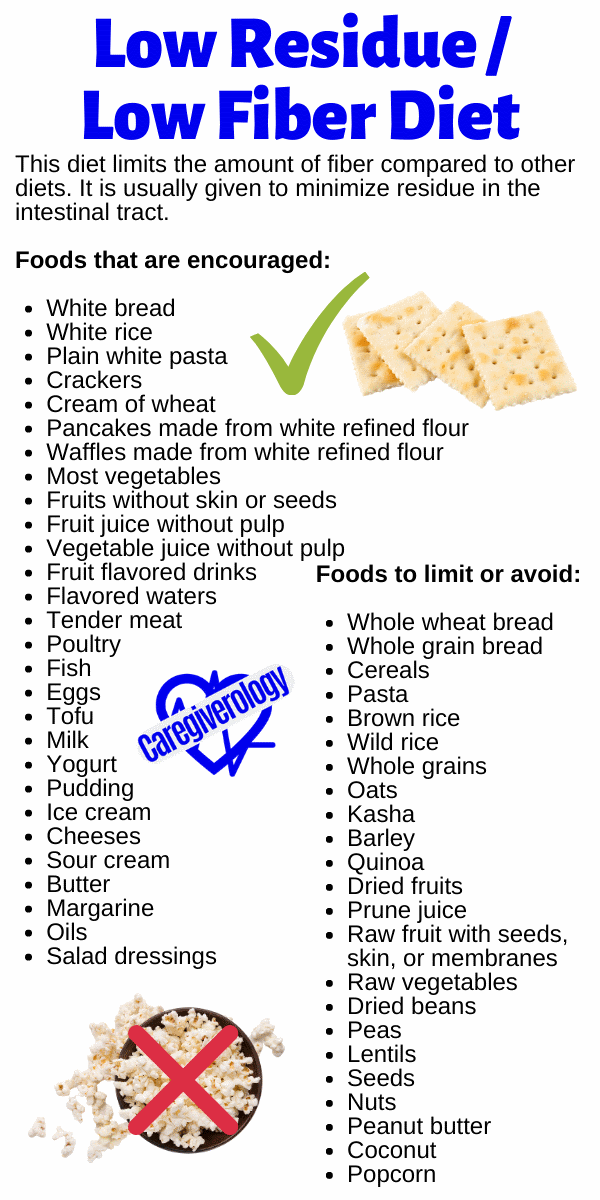
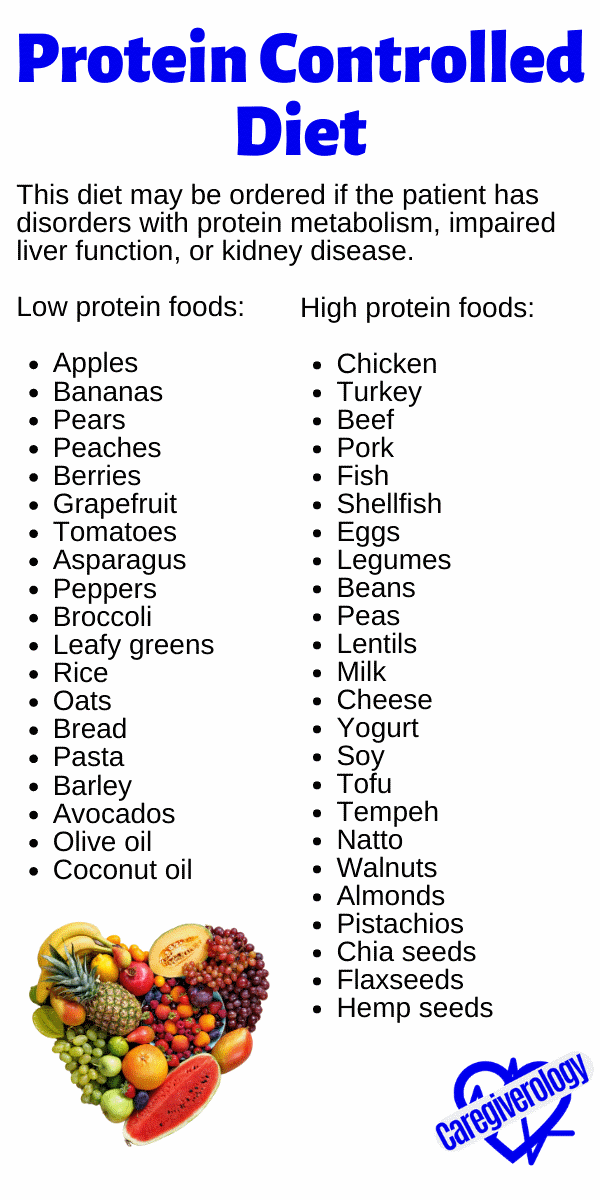
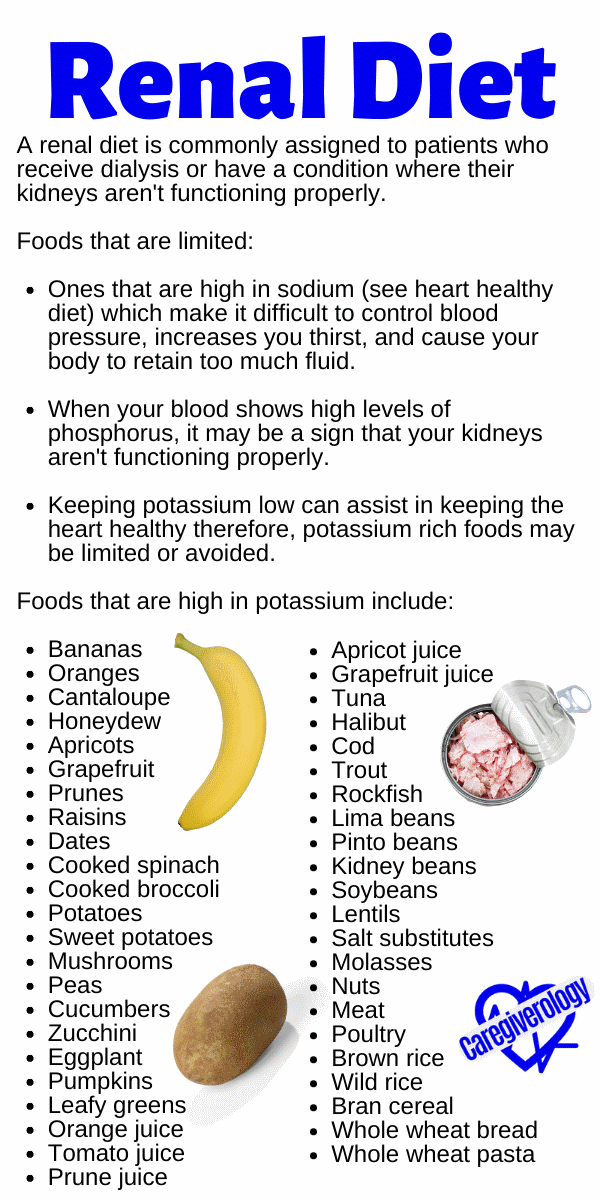
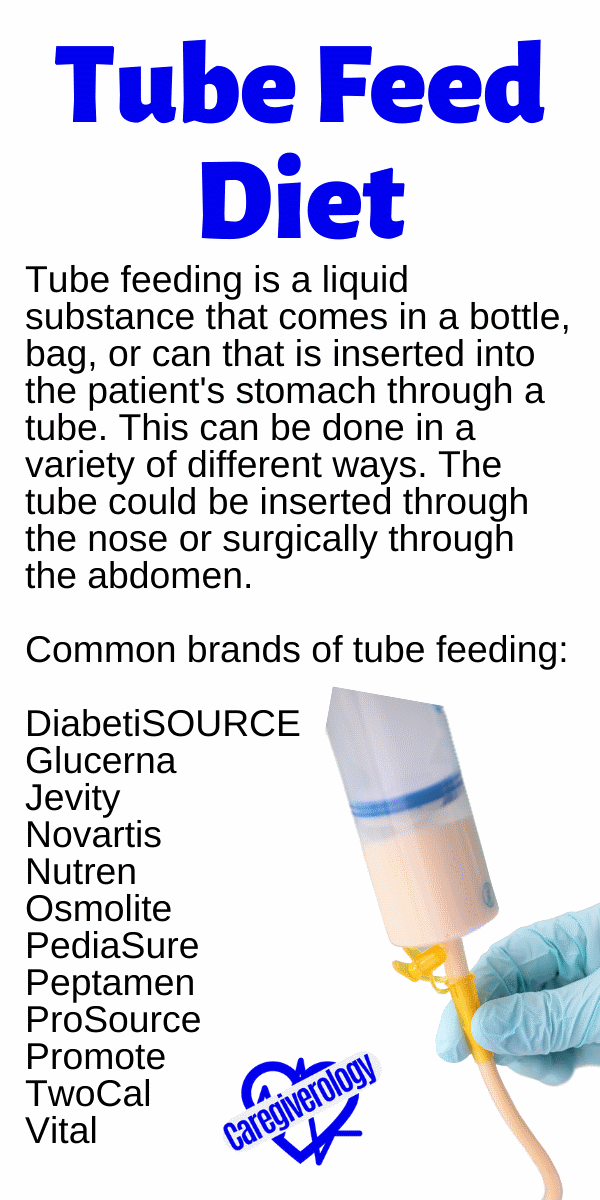
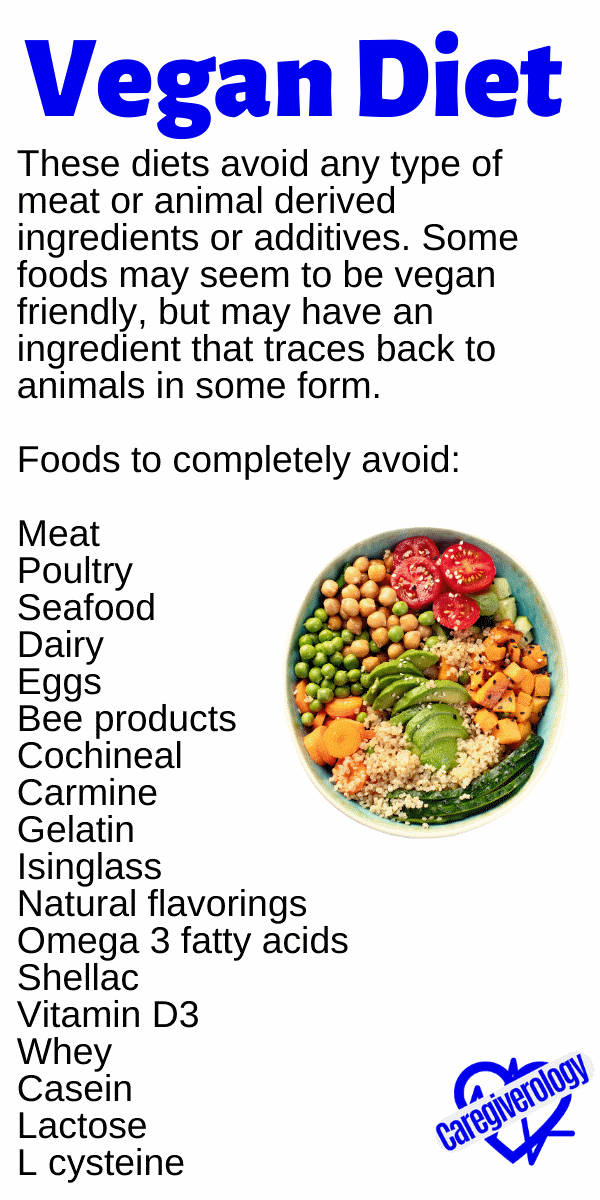



New! Comments
Have something to say about what you just read? Leave a comment in the box below.